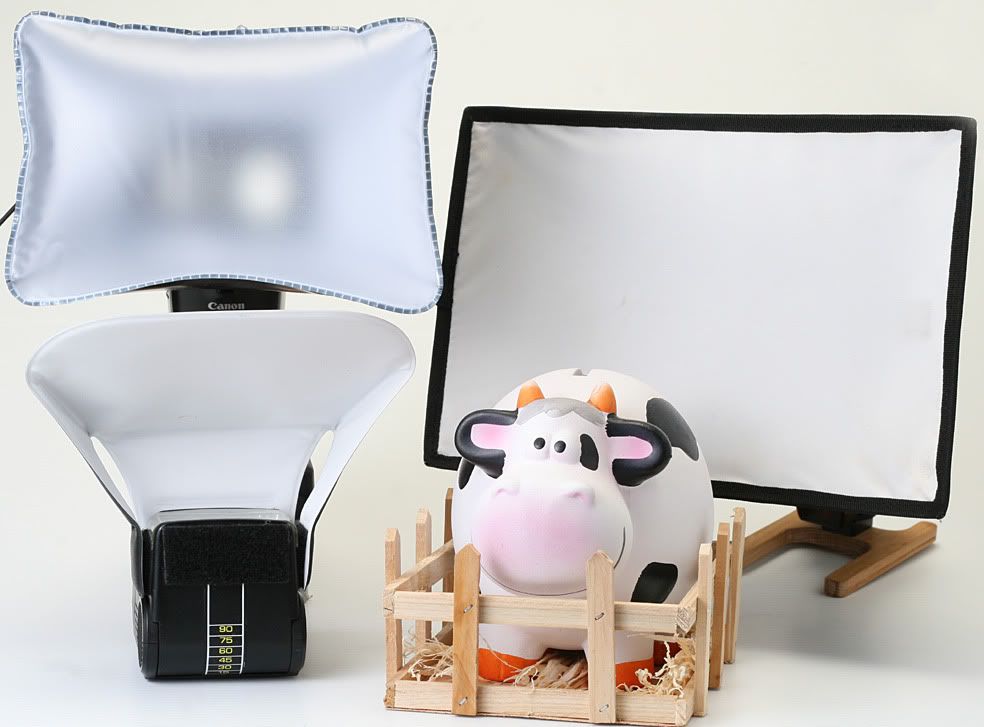 In this post I will be testing a couple of small hot-shoe flash softboxes. Initially I had intended this to be on the inflatable diffuser at the top left. But before I completed this entry I received the 7"x11" diffuser on the right. So I re-shot the setup including that item. I compared the results of those two diffusers to a couple of umbrellas, one silver and the other a white reflective.
In this post I will be testing a couple of small hot-shoe flash softboxes. Initially I had intended this to be on the inflatable diffuser at the top left. But before I completed this entry I received the 7"x11" diffuser on the right. So I re-shot the setup including that item. I compared the results of those two diffusers to a couple of umbrellas, one silver and the other a white reflective. So I thought I was done but then I received a 20"x27" cheap Ebay softbox, so I included it as it cost only $15 and some sites sell the 7x11 diffuser for tha amount (but typically $10). And then at the last minute I decided to also include the LumiQuest Pocket Bounce shown at the bottom left. Talk about project creep!
I bought the inflatable diffuser off Ebay for $3.50. I wondered if it could be useful to diffuse direct flash when used close to the subject, like 3 feet, 1 meter. One example would be at a party, the kind of situation where a light stand holding a larger light modifier would not be practical (and you didn't have a good surface for bounce flash). So not just on camera flash but shooting off camera as well. One hand holding the camera and one the flash to the left of the subject.
When it come to softening light, size matters. The smaller the light source the sharper the transition to the shadow area. A camera flash has a small light source and the shadows it produces is often described as harsh. As the light source gets bigger there will be a greater transition area before we get the full shadow area. This transition area is what I will be looking at.
But in the end these small modifiers will have a limited effect compared to larger modifiers but the still are better than direct flash.
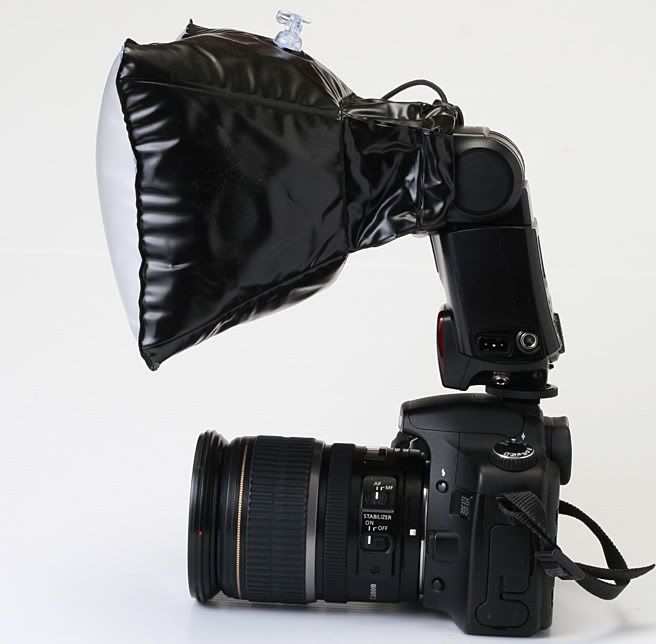
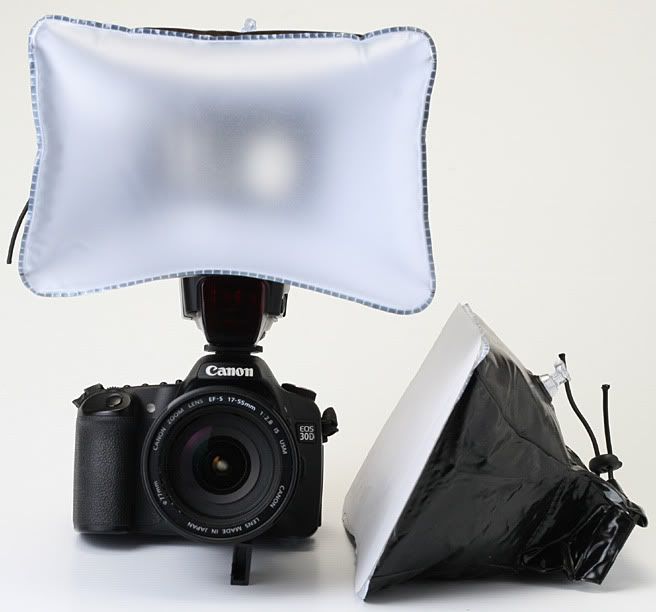
The fron surface measures 6"x9". The bottom is curved up so that the focus assist will still work, mostly. The top focus point is blocked but the rest were OK. The air inlet is a standard type used on inflatable items and can be pushed in so it does not protrude. The inflatable diffuser on the right (above) has a clear plastic sheet with an adhesive layer attached to the front to keep the surface flat and then has a piece of ripstop nylon over it to add diffusion.
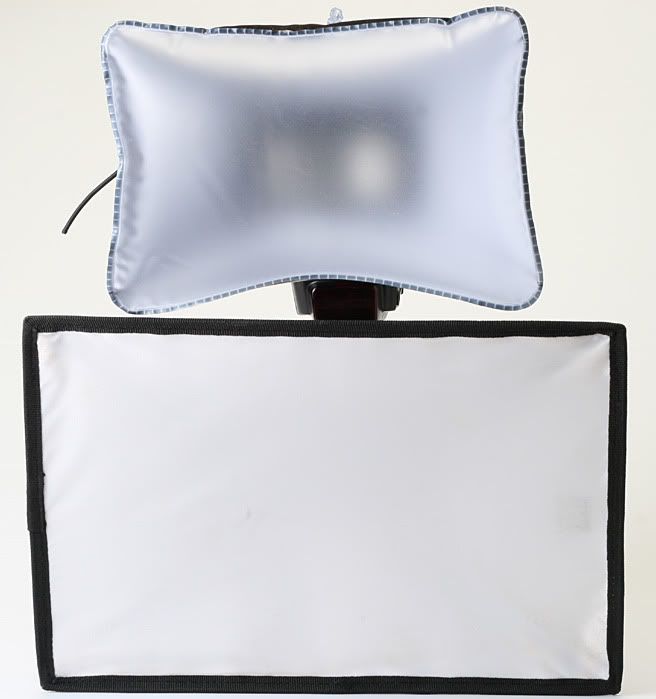
On the far right side, half way up, on the 7x11 diffuser is a small square patch on the inside reflective surface. You can just see it through the diffusion layer. It is a small piece of Velcro that is used to hold the end of the internal diffuser strip if you choose to not use it.
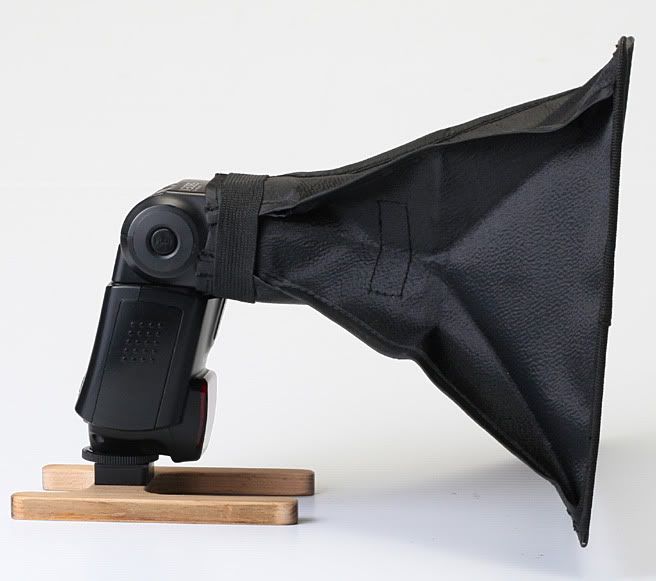
The following images are pretty big but they need to be to clearly see the difference between these diffusers. The areas I specifically look at is the left horn shadow, The picket fence shadow on the cow, the right nostril shadow, and the area below the right ear. The large shadow on the right also is informative. This next image is a composite of those area for all the items tested.
This is direct flash. Notice the harder edges to the shadows.
Here is the inflateable diffuser. Looks almost the same as the direct flash. Not much of a diffuser at all. The only good thing is that it does not reduce the flash output much. But then if it's not diffusing (as it should) that's not much of a benefit.
Here is the same inflatable diffuser with some ripstop nylon taped to the front it. Much more significant effect. Actually does something. But still given the small surface area the effect is limited.
The above is the 7x11 softbox using the internal diffusion strip.
There is a internal strip of material sewed to one side and can be attached to the other side with an opposite positioned velcro patch. If you choose not to use the second diffusion strip there is another velcro patch on the same side to hold the diffusion strip out of the direct path of the flash's light. The diffusion strip cuts down on the light output but it does even out the distribution across the front surface. I took a shot of the front of the 7x11 softbox without the internal diffuser in place (next image) and one with the internal diffuser. (following image).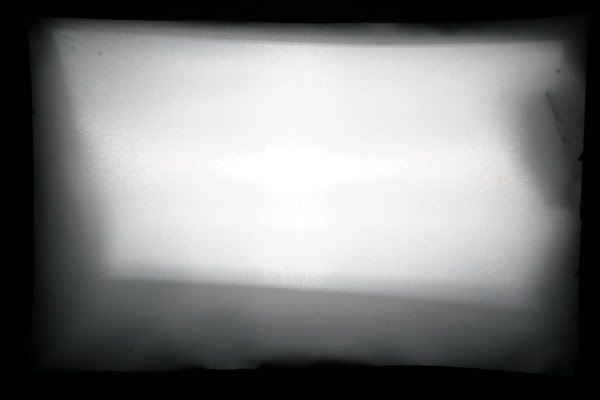

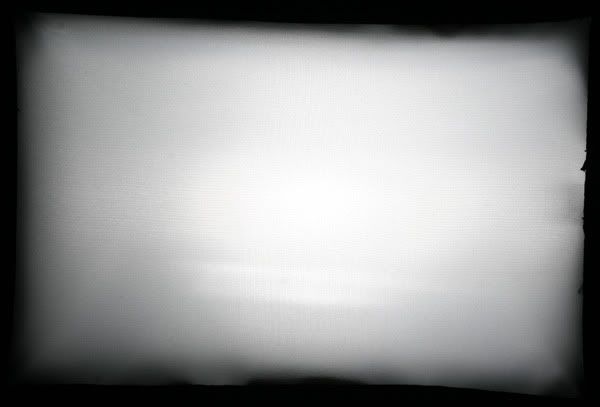
This is a 30 inch silver umbrella. I was surprised with this one as it casts what looks like a double edged shadow. I have never noticed this before and will have to look into it some more.
An here I have a 40 inch reflective white umbrella. This is strictly a reflective umbrella and not a convertable shoot through with a cover. I tend to like these better but unfortunately they cost more to buy than the convertable ones.
As I was assembling this post I recieved a 20x27 inch softbox. I originally didn't want to include more than the above modifiers since the focus was to be small modifier that you would use hand held. But since I had the two above umbrellas for comparison I decided to include the 20x27. Also it only cost a little more than the 7x11 softbox ($15USD) and I thought it would be an interesting comparison to the two umbrellas used.
Since I had things setup to shoot the 20x27 softbox I decided to also include a shot of the LumiQuest Pocket Bounce. It gives a similar effect as the stock inflatable softbox (not much). I have had this for quite a while but never used it much. What helps it out in some situations is the spill to illuminate the room and those reflections fill in some of the shadow areas. See the image below.
Notice that the shadows are lighter than the previous image. On this shot I let the spill from the Pocket Bounce enter the scene. On all the previous shots I had a scrim in place to reduce the light from the ceiling and walls from contaminating the shadows.
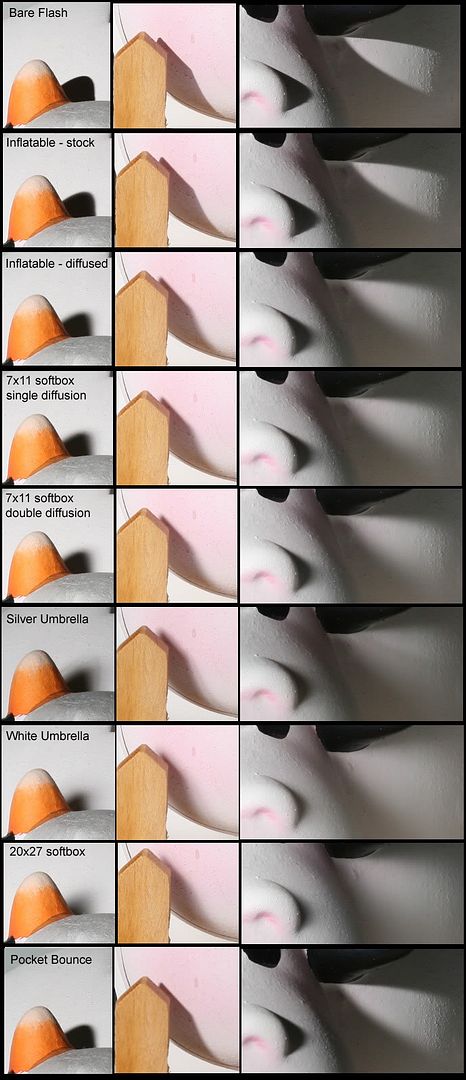


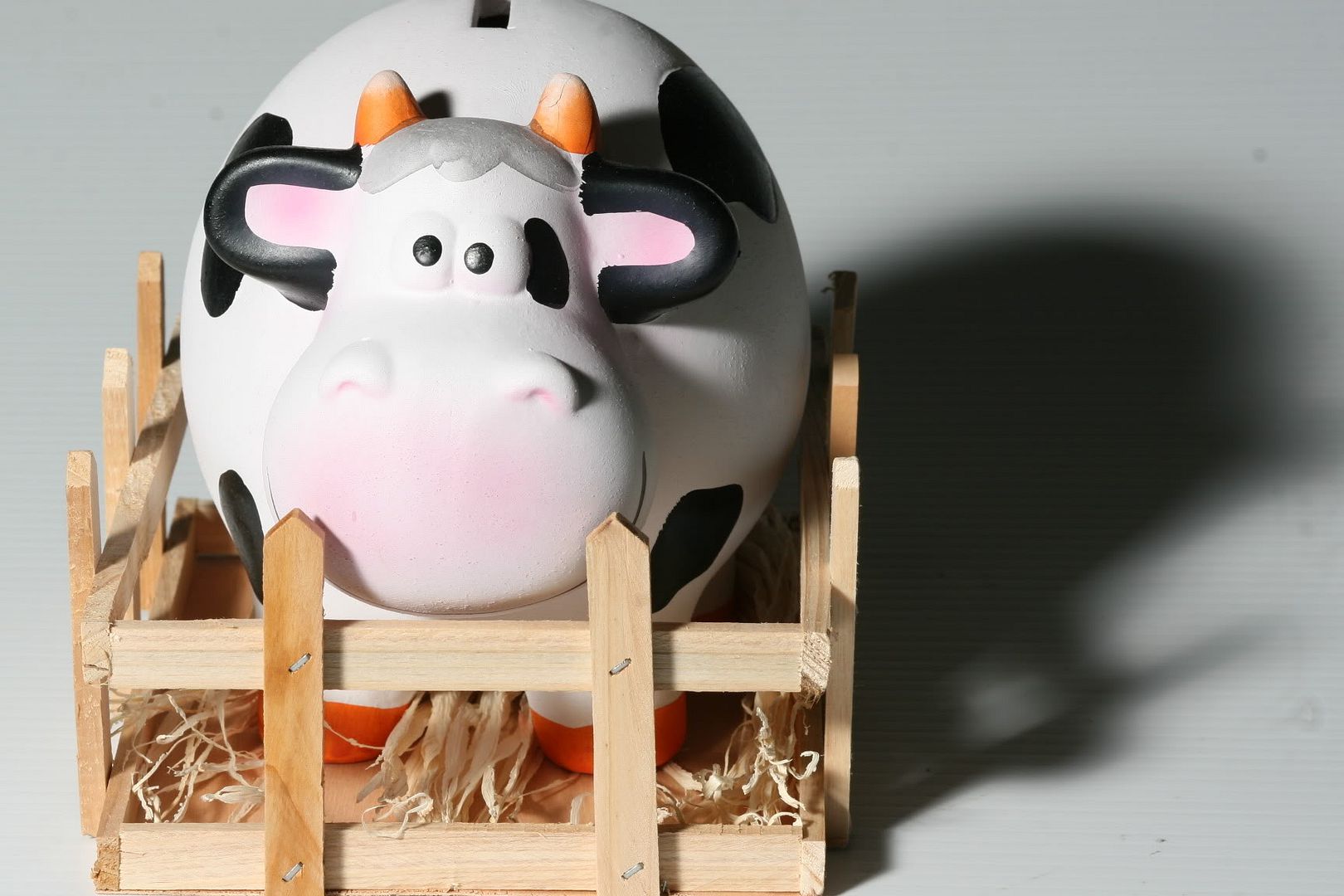
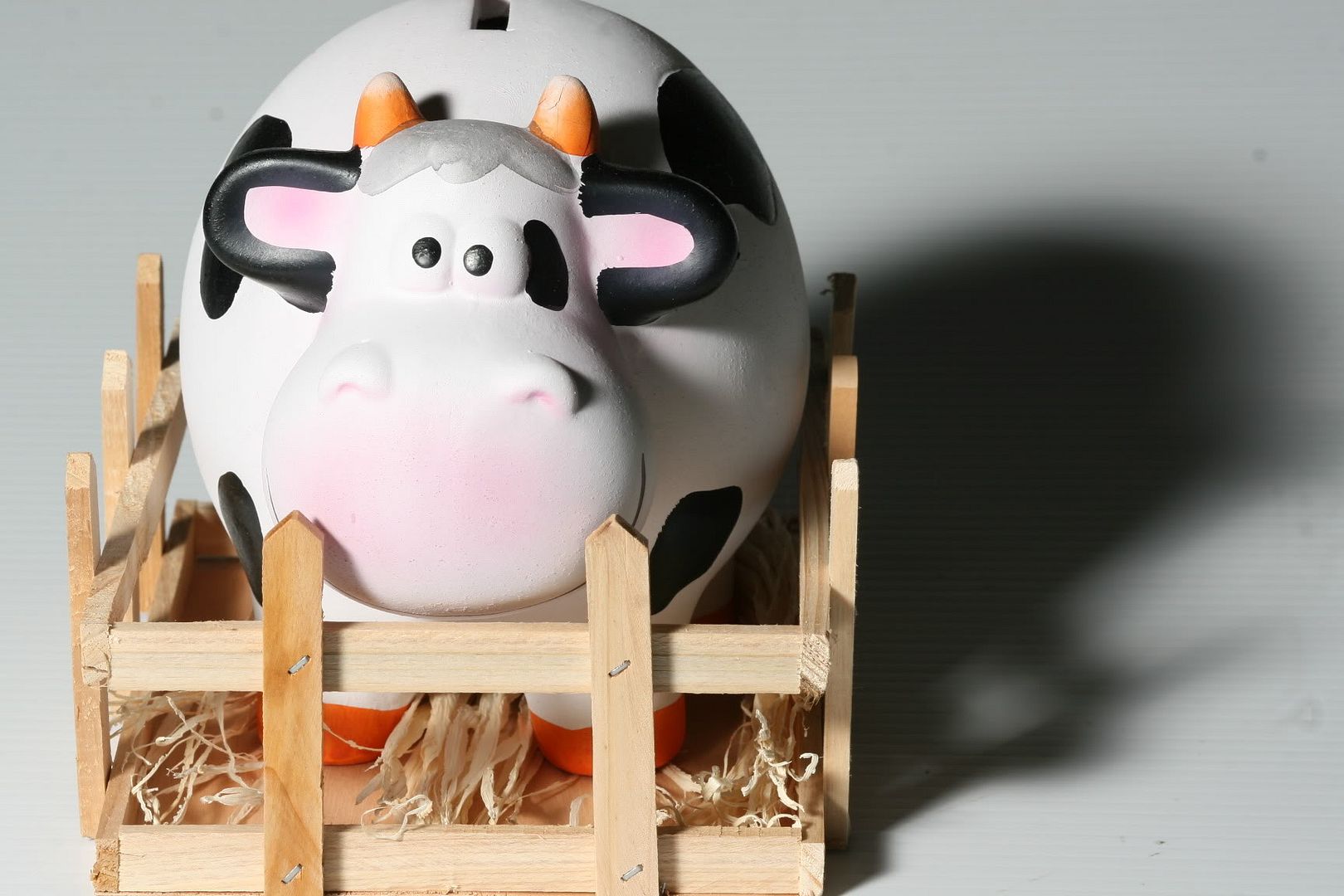

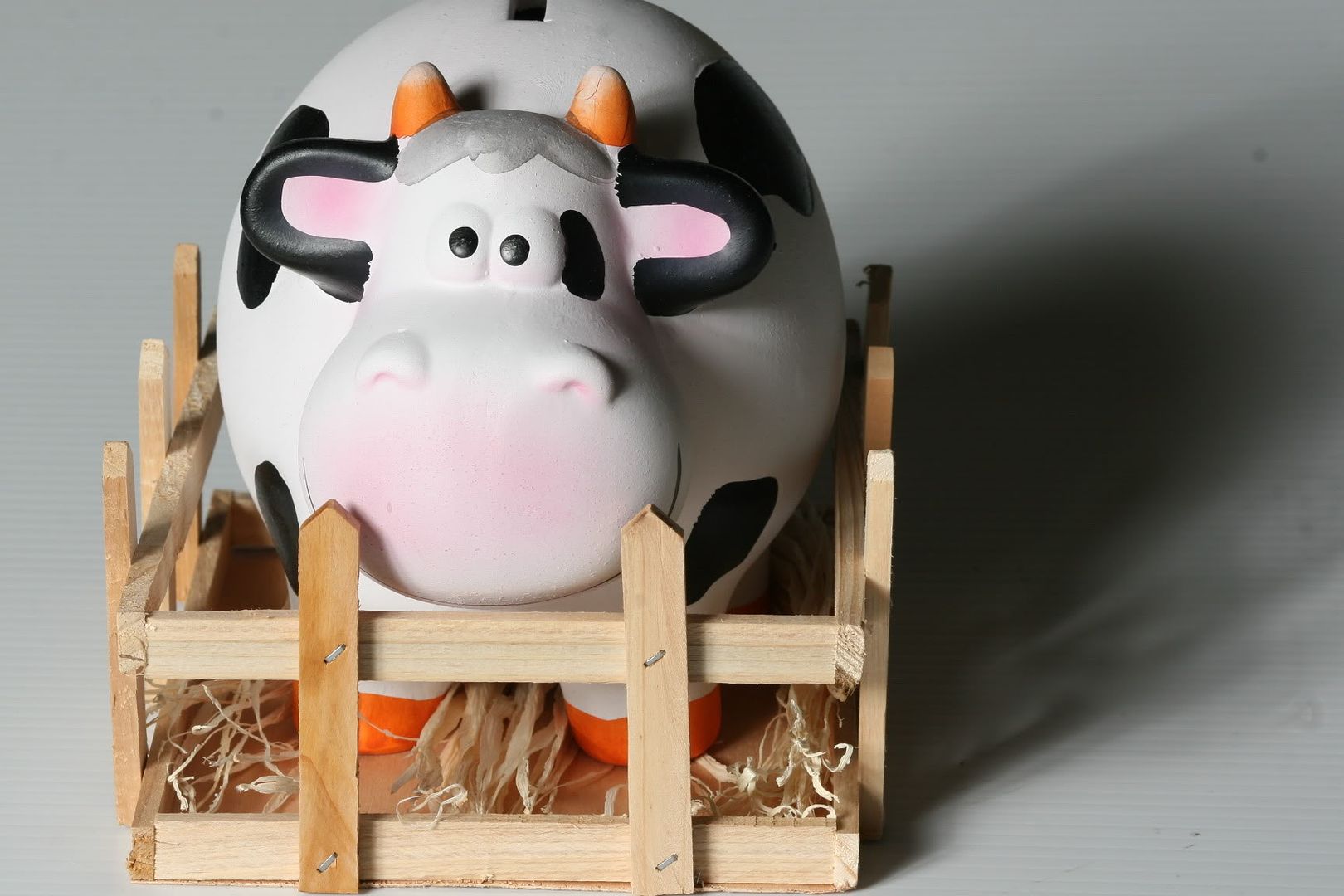
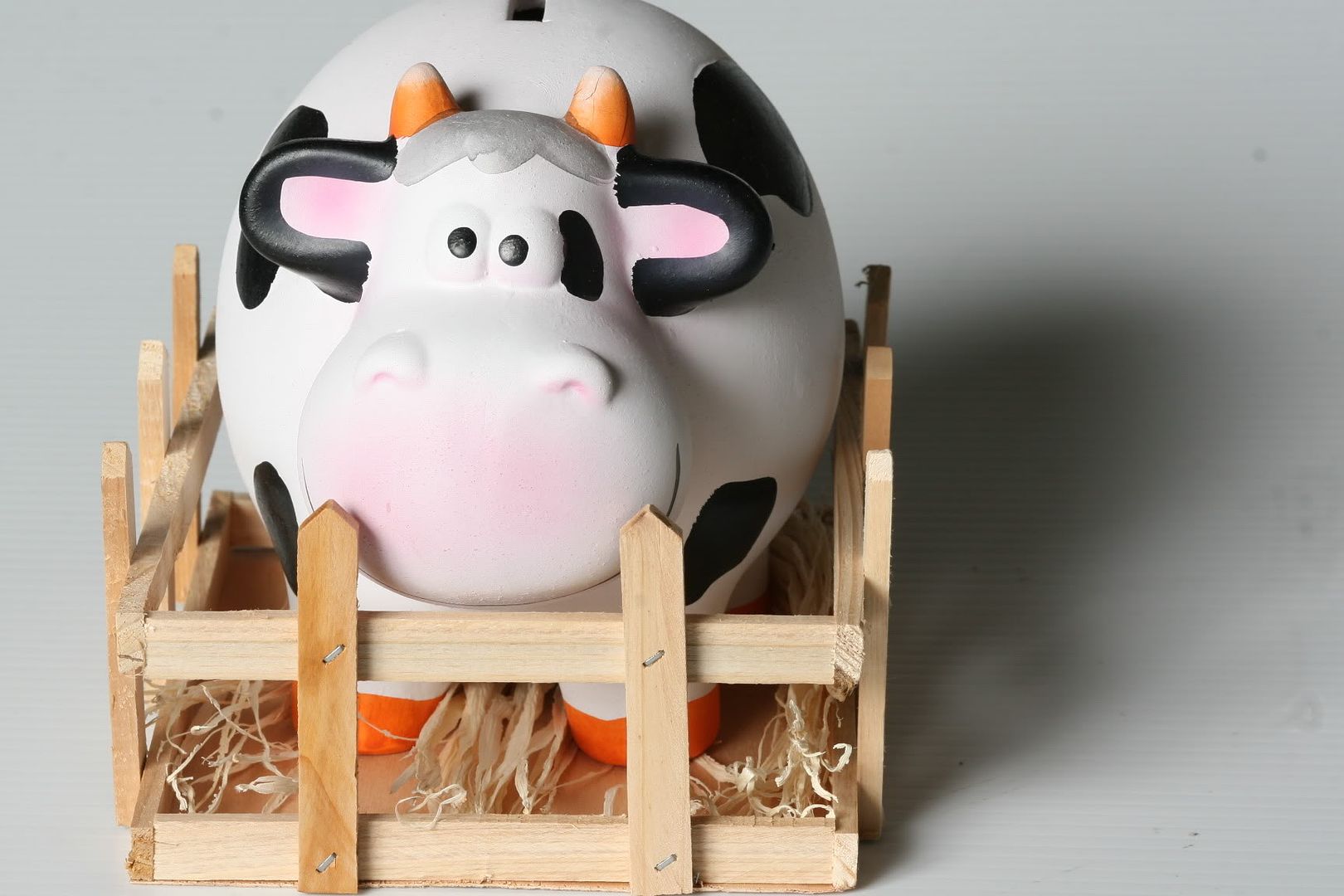
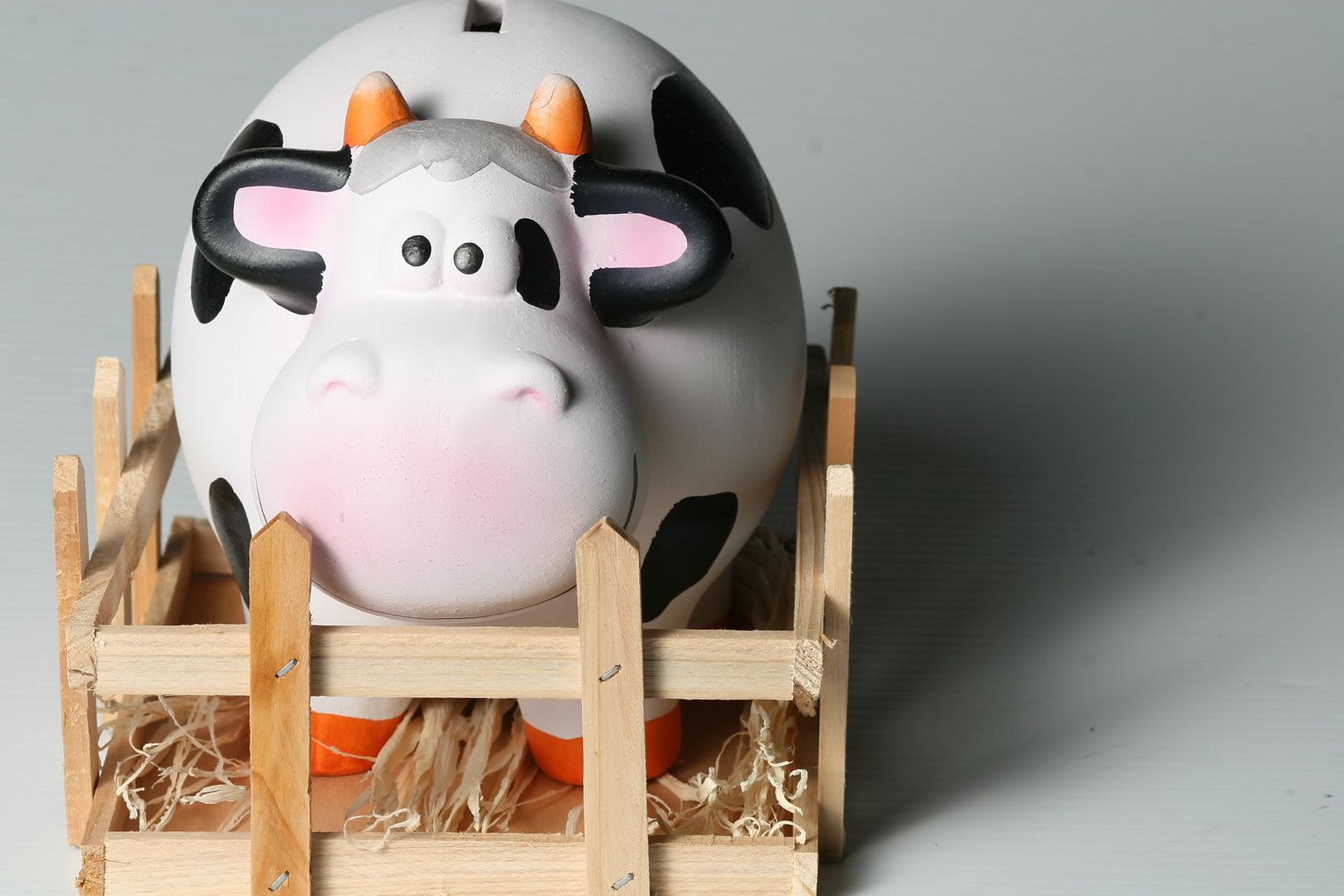
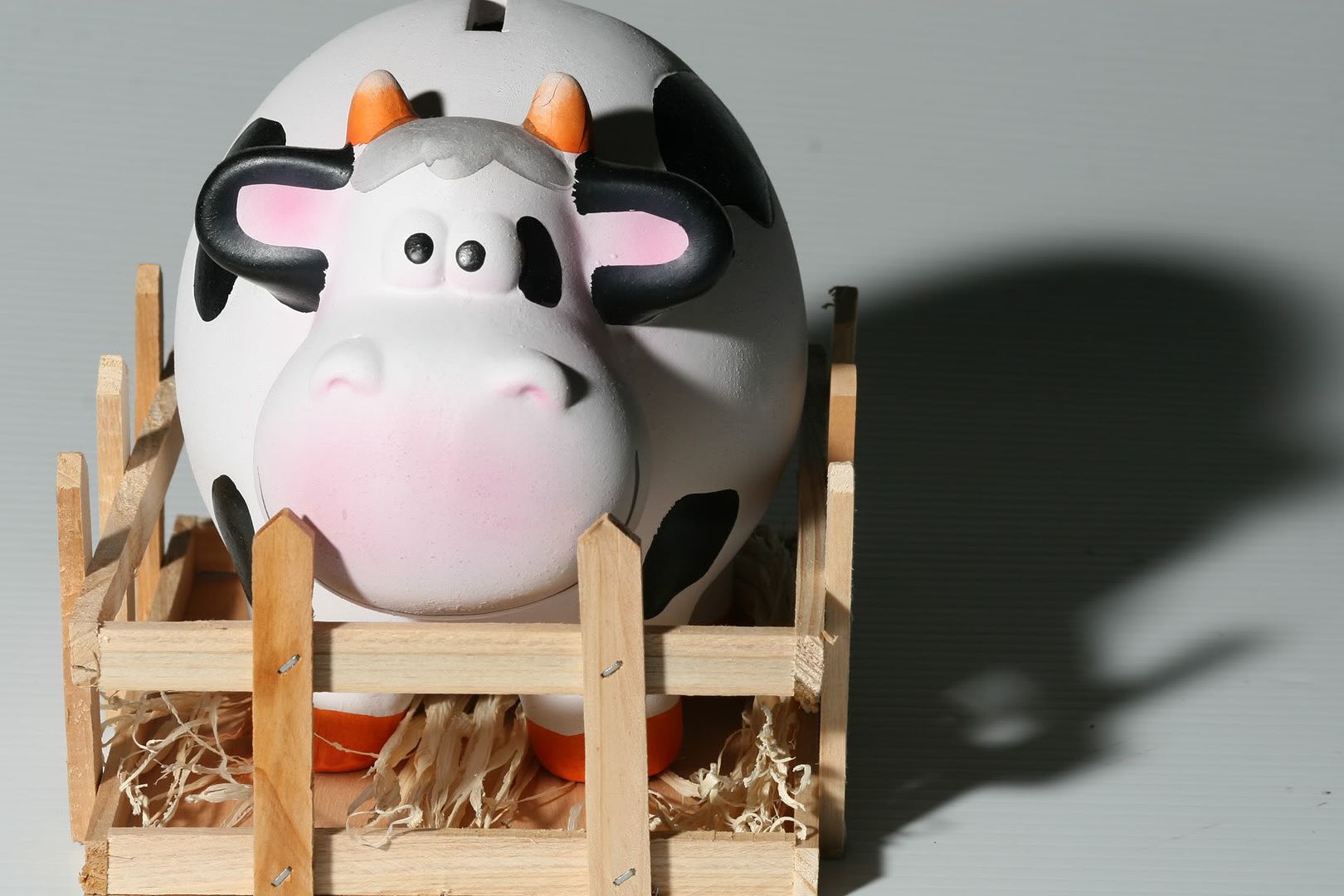
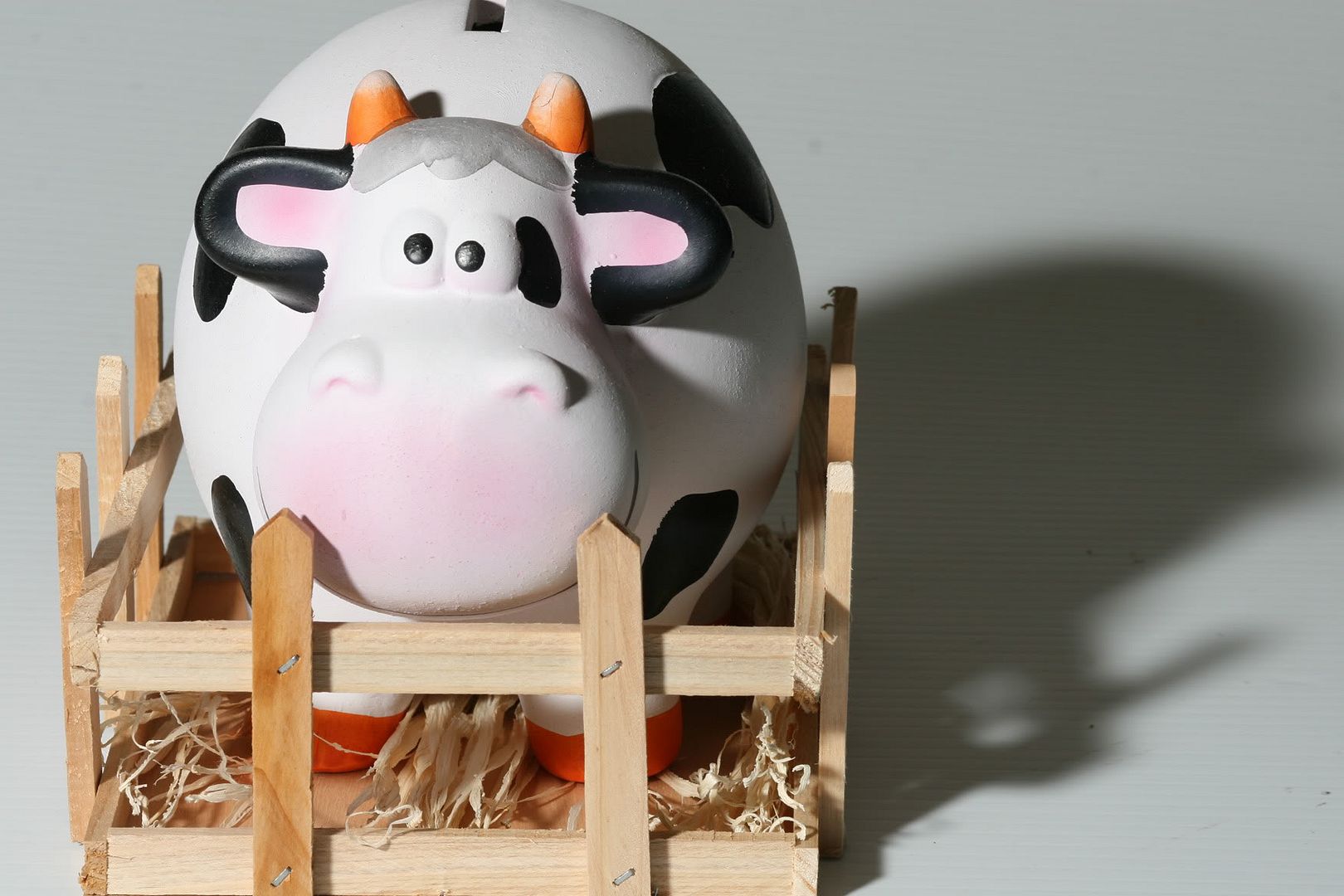
No comments:
Post a Comment